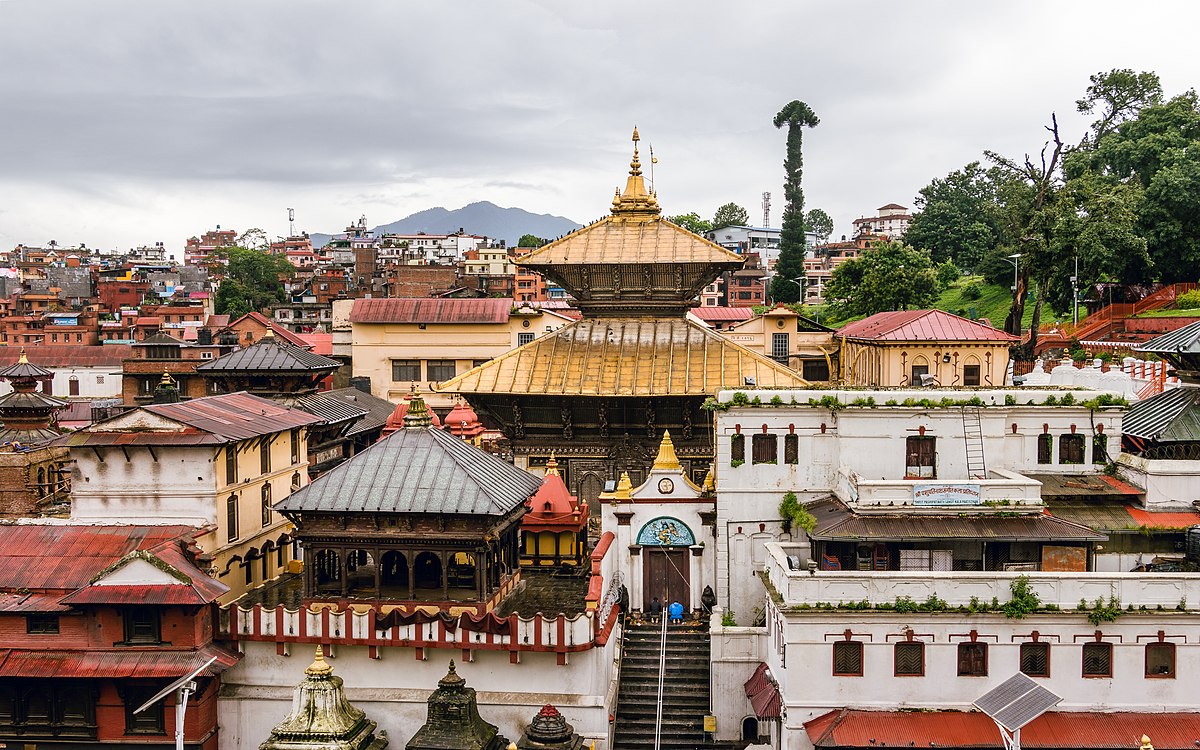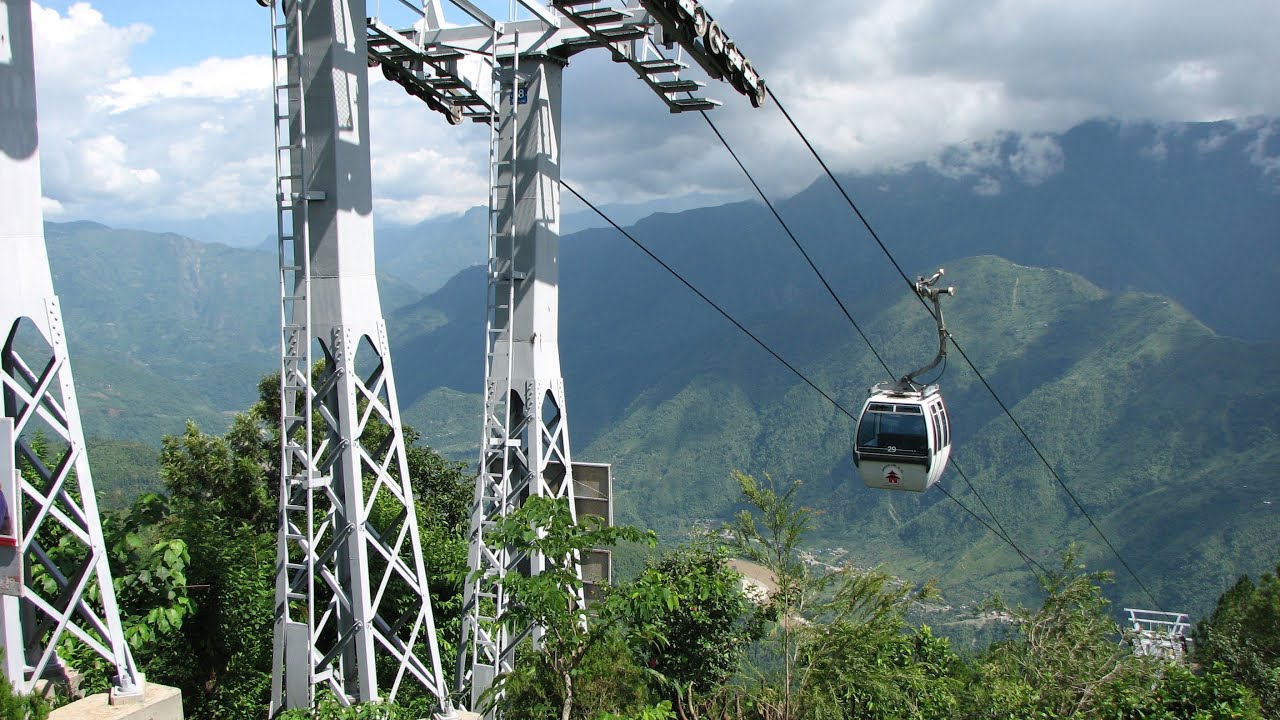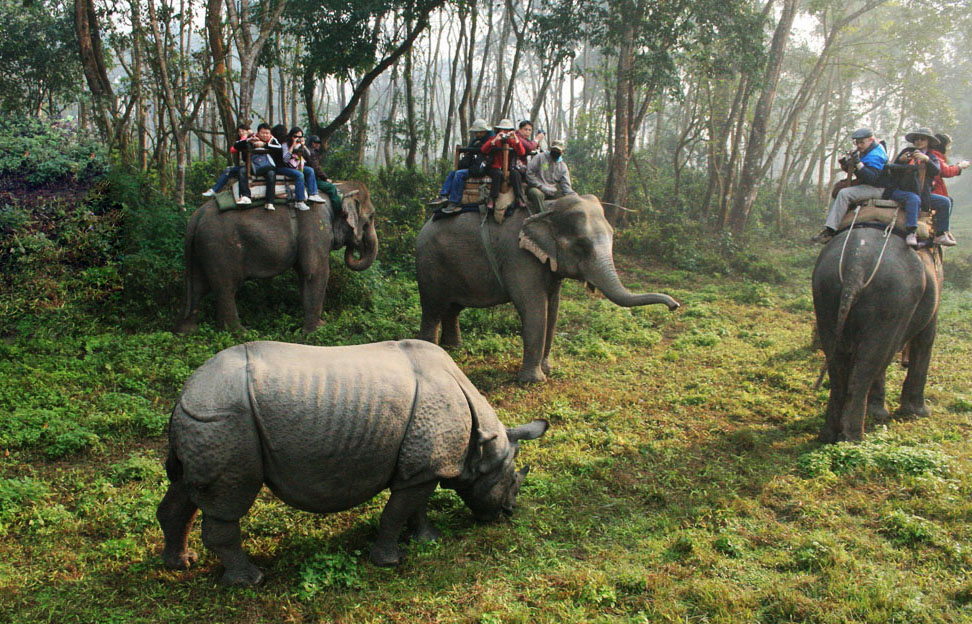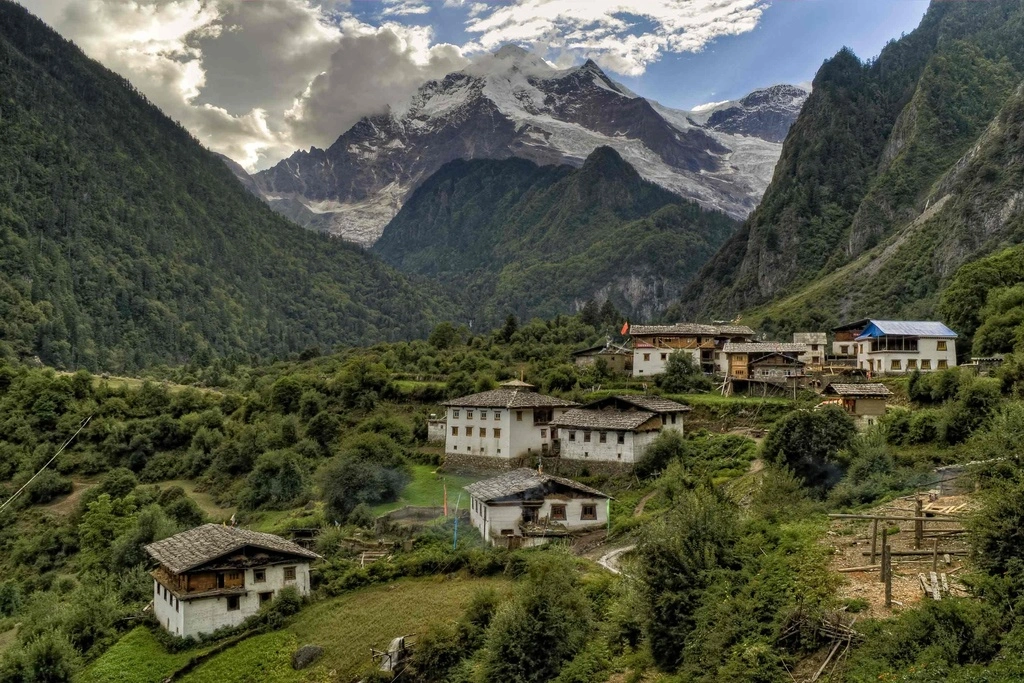Royal Nepal
7 NIGHT 8 DAY



Day 1:Reporting sanoli.Check in hotel 12 O'clock.At 1:00 lunch.sanoli to lumbini(buddha birth place)15:30.dinner at 20:00.
Day 2:After breakfast 6 O’clock Sanoli-manokamna devi-kathmandu.(264 km) 10 hrs
manokamna devi: The Manakamana Temple is located 1,300 metres (4,300 ft) above sea level on the Kafakdada Hill which sits in the confluence between Trishuli and Marsyangdi[2] in the Sahid Lakhan Rural Municipality in Gorkha, Gandaki Province, Nepal.[3][4][5] It is approximately 106 kilometres (66 mi) west of Kathmandu, the capital of Nepal, and about 94 kilometres (58 mi) east of Pokhara.[6] Many mountains can be seen from the hill including Annapurna II, Lamjung Himal, and Baudha which is part of Manaslu, the eighth-highest mountain in the world.[2] By hiking from Anbu Khaireni Rural Municipality it takes about three hours to reach Manakamana which is about 1,000 metres (3,300 ft) away.[2] Alternatively, pilgrims can take the Manakamana Cable Car which was built in 1998 for about US$7.5 million.
When arrival dinner after 2 hrs.
Day 3:Breakfast 7 O’clock half day free.dinner 20:00.pashupatinath mandir visit
Pashupatinath: The Pashupatinath Temple (Nepali: पशुपतिनाथ मन्दिर) is a Hindu temple dedicated to Pashupati, a form of Shiva, and is located in Kathmandu, Nepal near the Bagmati River. This temple was classified as a World Heritage Site in 1979. This "extensive Hindu temple precinct" is a "sprawling collection of temples, ashrams, images and inscriptions raised over the centuries along the banks of the sacred Bagmati river", and is one of seven monument groups in UNESCO's designation of Kathmandu Valley.[1] It is built on an area of 246 hectares (2,460,000 m2) and includes 518 mini-temples and a main pagoda house.
Day 4:Kathmandu city tour
Guhyeshwari temple: Guhyeshwari Temple (Nepali: गुह्येश्वरी मन्दिर), also spelled Guheswari or Guhjeshwari, is one of the revered holy temples in Kathmandu, Nepal. This temple is dedicated to Guhyeshwari or Adi Shakti. The temple is also a Shakti Peetha and it's about 1 km east of Pashupatinath Temple and is located on the southern bank of the Bagmati River.[1] It is said that this temple is the Shakti chair of Pashupatinath Temple. It is an important pilgrimage destination for Hindus, especially for Tantric worshipers. King Pratap Malla renovated this temple in the 17th century. The goddess is also called Guhyekali.
Buddhanilkanth: Budhanilkantha Temple, located in Budhanilkantha, Nepal, (Nepali: बुढानिलकण्ठ मन्दिर; translation: Old Blue Throat) is a Hindu open air temple dedicated to Lord Mahavishnu. Budhanilkantha Temple is also known as the Narayanthan Temple, and can be identified by a large reclining statue of Lord Mahavishnu
Swayambhunath: Swayambhunath (Devanagari: स्वयम्भू स्तूप; Nepal Bhasa: स्वयंभू; sometimes Swayambu or Swoyambhu) is an ancient religious complex atop a hill in the Kathmandu Valley, west of Kathmandu city. The Tibetan name for the site means 'Sublime Trees' (Wylie: Phags.pa Shing.kun), for the many varieties of trees found on the hill. However, Shingun may be of in Nepal Bhasa name for the complex, Swayambhu, meaning 'self-sprung'.[1] For the Buddhist Newars, in whose mythological history and origin myth as well as day-to-day religious practice Swayambhu occupies a central position, it is probably the most sacred among Buddhist pilgrimage sites. For Tibetans and followers of Tibetan Buddhism, it is second only to Boudha. Swayambhu is the Hindu name.
Dinner 20:00.
Day 5:Breakfast at 6 O’clock.Kathmandu to pokhra
Day 6:Pokhra city tour.Phewa lake visit by self.Half day free
Gupteshwer cave: Gupteshwar is a village development committee in Bhojpur District in the Kosi Zone of eastern Nepal. At the time of the 1991 Nepal census it had a population of 2232 persons living in 418 individual households
Devi’s fall: The water forms a tunnel after reaching the bottom. This tunnel is approximately 500 feet (150 m) long and runs 100 feet (30 m) below ground level. On 31 July 1961, a Swiss male-female couple went swimming but the woman drowned in a pit because of the overflow. Her body was recovered three days later in river Phusre with great effort. Her father wished to name it "David's falls" after her daughter's name but changed to Devi's Fall. Its Nepali name is Patale Chango, which literal meaning is Paatal Ko Chango means "Underworld's Waterfall".[3] This is one of the most visited places in Nepal.
Bindhyabasini: The Bindhyabasini Temple (Nepali: बिन्ध्यबासिनी मन्दिर) is the oldest temple in the city of Pokhara, Nepal and is located in Ward No. 2, Miruwa.[1] It regularly attracts a large number of locals, Nepalis from across the country and foreigners alike.[2] The main temple is devoted to the goddess Bindhyabasini, a Bhagawati who is the incarnation of Kali. There are smaller temples of the goddess Saraswati, Shiva, Hanuman, and Ganesha on the premises. The temple is situated atop a small hill and can be accessed via stone staircases on the East and North East.
Dinner 20:00
Pokhra to chitwan after breakfast.(170 km) 6 hrs
Day 7:breakfast 6 O’clock chitwan national park visit
Chitwan national park: Chitwan National Park is the first national park of Nepal. It was established in 1973 as the Royal Chitwan National Park and was granted the status of a World Heritage Site in 1984.[1] It covers an area of 952.63 km2 (367.81 sq mi) in the subtropical Inner Terai lowlands of south-central Nepal in Nawalpur, Chitwan, Makwanpur and Parsa Districts. It ranges in elevation from about 100 m (330 ft) in the river valleys to 815 m (2,674 ft) in the Sivalik Hills.After lunch Chitwan to sanoli(150 km) 5.5 hrs.Night stay at snoli border.
Day 8:Breakfast 8 O’clock.then you will free.
HAPPY JOURNEY.





